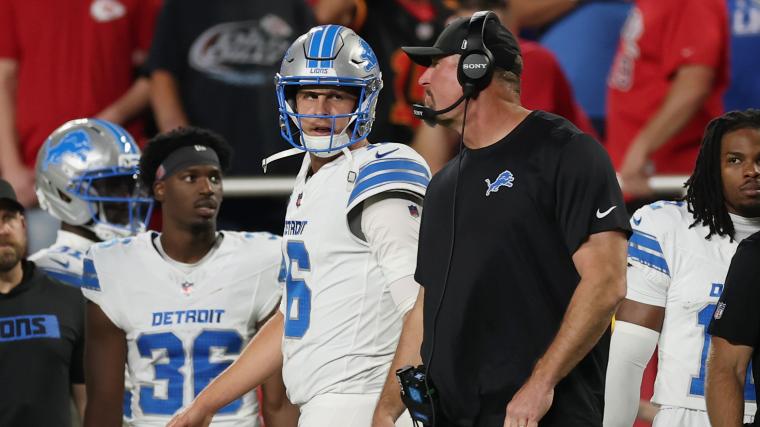What the NBA Streaming Revolution Means for the Future of Sports Broadcasting

The way fans watch basketball has undergone a massive transformation over the past decade. Gone are the days when television networks had total control over how and when people could watch NBA games. Today, streaming platforms have completely changed the landscape, offering flexibility, accessibility, and global reach. The NBA streaming revolution is not just reshaping fan habits—it’s redefining the entire future of sports broadcasting.
The Shift from Cable to Clicks
Traditional cable subscriptions once dominated sports viewership. Fans relied on expensive packages to watch their favorite teams, often limited by regional blackouts or channel availability. But as technology evolved and audiences demanded more control, streaming emerged as the preferred choice.
NBA streams platforms allow users to watch live games from anywhere, on any device, without being tied to cable contracts. This shift has also led to the rise of alternative streaming communities that make games accessible worldwide, further expanding the league’s audience base.
Global Access and Fan Engagement
One of the biggest advantages of NBA streaming is accessibility. Fans in Asia, Africa, and Europe can now follow games live, eliminating the geographical barriers that used to limit the league’s reach. This global exposure has turned the NBA into more than just an American league—it’s now a global entertainment product.
Moreover, interactive features like live chats, real-time stats, and social media integration make streaming far more engaging than traditional TV. Viewers are no longer passive spectators; they are active participants in the game-day experience.
The Impact on Broadcasters and Media Rights
The streaming revolution has also forced traditional broadcasters to rethink their strategies. With fewer viewers tuning into cable, major networks are investing heavily in digital platforms to stay relevant. Media rights deals are evolving, with the NBA exploring hybrid models that include both traditional and digital distribution.
This shift means that future sports broadcasting will rely more on direct-to-consumer platforms, allowing leagues to build stronger relationships with fans while maintaining control over their content.
Challenges and Opportunities Ahead
While streaming has opened up new opportunities, it also presents challenges. Piracy remains a concern, as unofficial streaming sites continue to attract large audiences. Additionally, ensuring stable streaming quality across regions is still a technical hurdle.
However, the potential benefits far outweigh the drawbacks. With 5G technology, AI-driven analytics, and personalized viewing experiences on the rise, the NBA and other leagues have a chance to create a completely customized fan journey.
The Future of Sports Broadcasting
The NBA streaming revolution is just the beginning. As more leagues embrace digital-first strategies, sports broadcasting will continue to evolve into a more dynamic, interactive, and inclusive space. Fans want convenience, connection, and choice—and streaming delivers all three.
In the coming years, expect to see more innovation in how games are presented, from virtual reality experiences to real-time data integration. The line between watching and participating will blur, making sports entertainment more immersive than ever before.
Final Thoughts
Streaming has done more than just change how fans watch basketball—it has redefined what it means to experience sports. The NBA’s digital transformation is paving the way for a future where accessibility and engagement take center stage. As technology continues to advance, one thing is certain: the future of sports broadcasting will never look the same again.